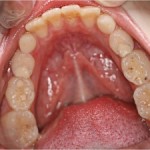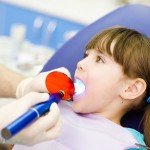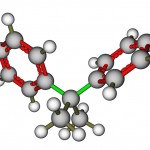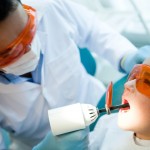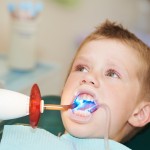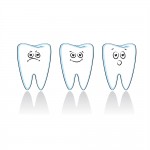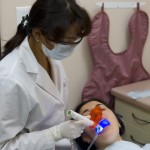
Sadly caries remains a significant public health problem across the world, particularly in children. The aim of this study was to assess the cost-effectiveness of caries treatment and prevention strategies in the Netherlands. The study was conducted alongside a randomised controlled trial (RCT) evaluating the effects of two caries prevention strategies compared with regular dental [read the full story…]
